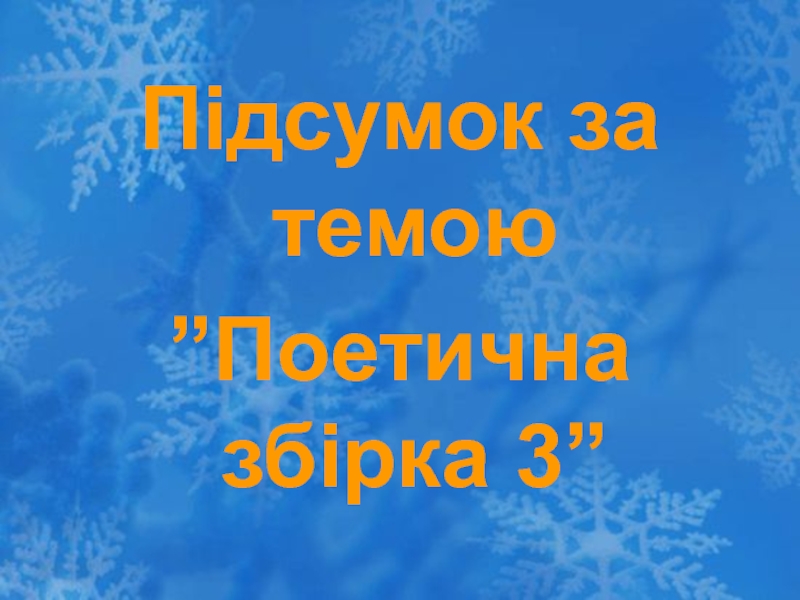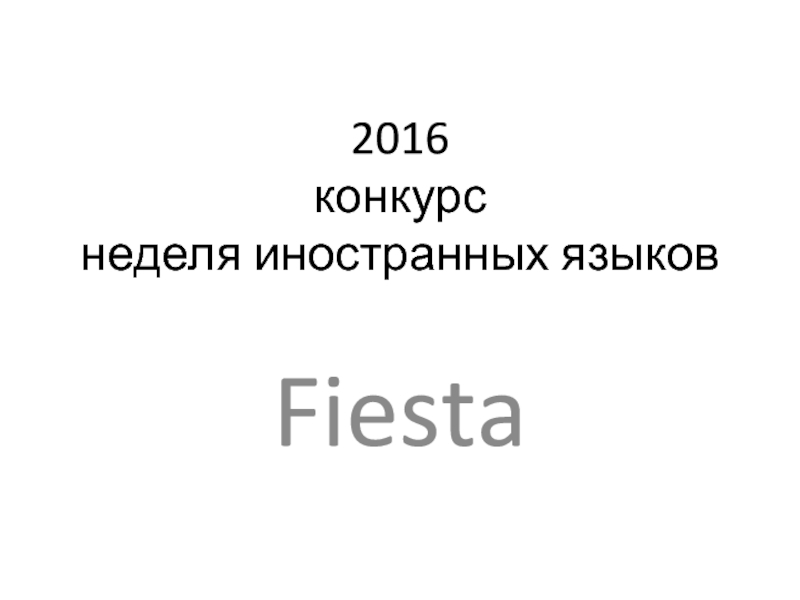- Главная
- Разное
- Дизайн
- Бизнес и предпринимательство
- Аналитика
- Образование
- Развлечения
- Красота и здоровье
- Финансы
- Государство
- Путешествия
- Спорт
- Недвижимость
- Армия
- Графика
- Культурология
- Еда и кулинария
- Лингвистика
- Английский язык
- Астрономия
- Алгебра
- Биология
- География
- Детские презентации
- Информатика
- История
- Литература
- Маркетинг
- Математика
- Медицина
- Менеджмент
- Музыка
- МХК
- Немецкий язык
- ОБЖ
- Обществознание
- Окружающий мир
- Педагогика
- Русский язык
- Технология
- Физика
- Философия
- Химия
- Шаблоны, картинки для презентаций
- Экология
- Экономика
- Юриспруденция
Мова і культура презентация
Содержание
- 1. Мова і культура
- 2. "I’m from Liverpool and we just say
- 4. Мова - це те, що лежить на
- 5. Мова проявляється як традиція, при цьому неможливо
- 6. Це різні семіотичні системи і як семіотичні
- 7. Мова і культура взаємопов'язані: 1) в комунікативних
- 8. ставлення до мови, як до «дзеркала» культури.
- 9. Основний висновок, який і донині не втратив
- 10. 3) мова і культура перебувають у діалектичній
- 11. Згідно з цією теорією, мову розглядають як
Слайд 1Мова і культура
Language doesn’t have a fixed point, it changes, it’s
Dr Matthew Melia, a senior lecturer in Performance
and Screen Studies at Kingston University
Слайд 2"I’m from Liverpool and we just say what we mean," he
Dr Melia also said that the kind of language we use may depend on our career or the kind of business we're involved in. "When I’m with my students and giving them feedback I tend to be direct," …..
"As someone who works within academia, I don’t think it’s good to be indirect. Students need to be able to be on the same page and you can’t give them mixed messages. For me, the same rules apply with friends and family, which is probably why my mouth gets me into trouble sometimes!"
Dr Melia criticised the chart, however, for propagating an "us vs them" mentality. "By labelling these columns, 'what the British say' and making it appear differently to those from other parts of the EU, very much marks it out as an 'us vs them' mentality," he said. "Whereas what we say depends very much on the situation, and I would question how applicable this chart is to a wider set of social interactions.
"The first column of the chart appears to me to be a very antiquated, softened, white middle-class, polite and decorous way of making a point. It's a very loose version of what we say, and disregards all nuance.“ Dr Melia said he did recognise some of the phrases that the chart claims British people use often, but that he felt more familiar with the second column.
Dr Matthew Melia, a senior lecturer in Performance and Screen Studies at Kingston University
Слайд 4Мова - це те, що лежить на поверхні буття людини в
1) матеріальна і духовна культура втілюються в мові; 2) будь-яка культура національна, її національний характер виражений у мові за допомогою особливого бачення світу; мові притаманна специфічна для кожного народу внутрішня форма (ВФ); 3) ВФ мови - це вираження «народного духу», його культури; 4) мова є опосередковують ланка між людиною і навколишнім світом. Концепція В. Гумбольдта отримала інтерпретацію в роботі О. О. Потебні «Думка і мова», в роботах Ш. Баллі, Ж. Вандріеза, І. А. Бодуена де Куртене, Р. О. Якобсона та інших дослідників.
Слайд 5Мова проявляється як традиція, при цьому неможливо визначити початковий етап становлення
Характер же мов залежить від того, «чим вони або володіли спочатку, або одержади настільки давно, що отримали здатність впливати на покоління їх носіїв як дещо справді стороннє» [6, 374].
«Відмінності між мовами суть щось більше, ніж просто знакові відмінності, ... слова та форми слів утворюють і визначають поняття і різні мови за своєю суттю, за своїм впливом на пізнання і на почуття є в дійсності різними світобаченнями» [5, 370].
В. Гумбольдт:
Слайд 6Це різні семіотичні системи і як семіотичні системи, вони мають багато
культура, так само як і мова, - це форми свідомості, що відображають світогляд людини;
культура і мова існують в діалозі між собою;
суб'єкт культури і мови - це завжди індивід або соціум, особистість або суспільство;
нормативність - загальна для мови і культури риса;
історизм - одне з сутнісних властивостей культури і мови;
мові та культурі властива антиномія «динаміка-статика».
Взаємодія мови і культури
Слайд 7Мова і культура взаємопов'язані: 1) в комунікативних процесах; 2) в онтогенезі
Розрізняють ці дві сутності у такий спосіб: 1) в мові як феномен переважає установка на масового адресата, натомість у культурі цінується елітарність; 2) хоча культура - знакова система (подібно до мови), але вона не здатна самоорганізовуватися; 3) як уже зазначалося нами, мова і культура - це різні семіотичні системи.
Отже, культура не ізоморфна (абсолютно відповідає), а гомоморфна мові (структурно подібна).
Слайд 8ставлення до мови, як до «дзеркала» культури. Відношення в діаді «мова-культура»
активна роль мови у процесі мислення, вплив її на культуру. Гіпотеза лінгвістичної відносності Е. Сепіра Б. Ворфа. Визнання причинового зв'язку між мовою і культурою, і визначальна роль мови, що трактується як керівництво до сприйняття соціальної дійсності. Культура і мова становить симбіоз: мова «проростає» в культуру, висловлює її, є обов'язковою передумовою розвитку всієї культури в цілому. Реальний світ, в якому існує людина, несвідомо будується на мовних нормах конкретного суспільства. Світи, в яких живуть різні суспільства - окремі світи, а не один світ, який використовує різні мови. Люди сприймають світ крізь призму своєї рідної мови, кожна мова відображає дійсність по-своєму: «Ми бачимо, чуємо і сприймаємо так чи інакше ті або інші явища головним чином завдяки тому, що мовні норми нашого суспільства припускають таку форму вираження».
Вплив мови на культуру: три підходи
Слайд 9Основний висновок, який і донині не втратив актуальність: оскільки мовні норми
Сепір-Ворф
Слайд 103) мова і культура перебувають у діалектичній єдності, залежать одна від
Мова є невід'ємною частиною культури, основним інструментом її засвоєння, це дійсність нашого духу. Мова виражає специфічні риси національної ментальності. Мова є механізм, який відкрив перед людиною область свідомості. З іншого боку, культура включена в мову, оскільки вся вона змодельована в тексті.
Слайд 11Згідно з цією теорією, мову розглядають як універсальну форму первинної концептуалізації
















